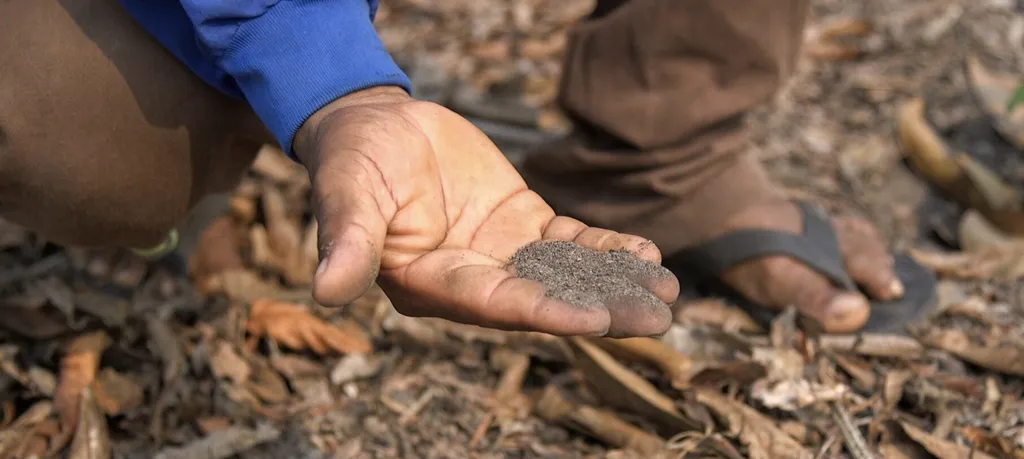In the face of increasingly erratic weather patterns, Brazilian farmers are grappling with a stark reality: droughts are becoming more frequent and severe, threatening the country’s agricultural backbone. A recent study published in *Pesquisa Agropecuária Brasileira* sheds light on a critical strategy for mitigating these impacts—agricultural diversification. Led by Marcos Aurélio Santos da Silva, the research offers a data-driven roadmap for building resilience in Brazil’s farming communities, with implications that resonate far beyond its borders.
The study, which analyzed data from 2014 to 2023, reveals a troubling trend: municipalities with lower agricultural diversity are disproportionately vulnerable to extreme droughts. By measuring diversity using the Shannon index—a metric that quantifies the variety of crops and livestock in a given area—the researchers found that less diversified regions, particularly in the Northeast, suffer the most when droughts strike. “Our findings underscore the importance of diversification as a buffer against climate shocks,” says da Silva. “But it’s not a silver bullet. Complementary policies are essential, especially for temporary crops and the Northeast.”
The research employed unconditional quantile regression to evaluate the effects of droughts on diversified systems, considering the production value of temporary and permanent crops, as well as livestock inventory. The results were clear: permanent crops, such as fruit orchards and coffee plantations, demonstrated higher resilience compared to temporary crops like soybeans and corn. Even in diversified systems, temporary crops sustained losses during droughts, highlighting the need for targeted support. Livestock, on the other hand, showed adaptive responses, with increased diversity in some cases, suggesting that mixed farming systems can offer a safety net.
For the agriculture sector, the commercial implications are profound. Diversification isn’t just an environmental strategy—it’s a business imperative. Farmers who invest in a variety of crops and livestock can mitigate financial losses during droughts, ensuring a more stable income stream. This approach also opens doors to new markets, as diversified farms can cater to a broader range of consumer demands, from organic produce to specialty crops.
The study’s findings align with growing global trends in sustainable agriculture, where resilience and adaptability are key. As climate change continues to disrupt traditional farming practices, the lessons from Brazil’s experience could shape future developments in the field. Policymakers, agronomists, and farmers alike are encouraged to prioritize diversification, but they must also advocate for supportive policies that address the unique challenges faced by temporary crops and vulnerable regions.
In the words of da Silva, “Diversification reduces vulnerabilities, but it requires a holistic approach. We need policies that support annual crops and provide targeted assistance to the Northeast.” As the agriculture sector navigates an uncertain climate future, this research offers a compelling case for diversification as a cornerstone of resilience and food security.

